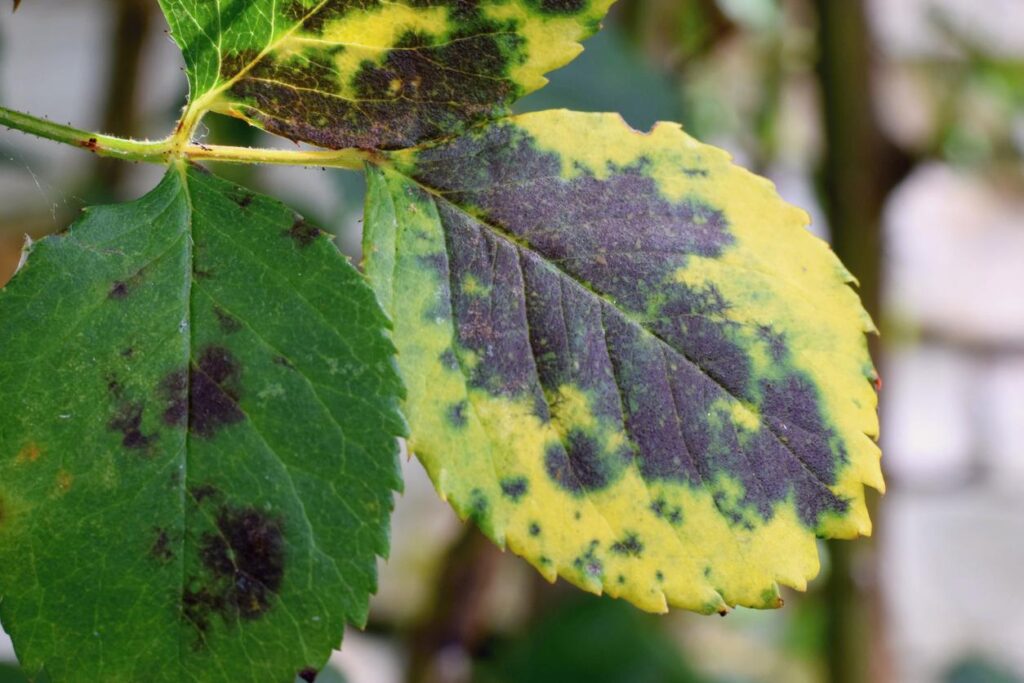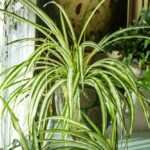Plants, those verdant symbols of vitality and life, can sometimes perplex even the most seasoned gardeners with their enigmatic behavior. Among the myriad of challenges that a gardener might face, the sight of plant leaves turning black is undoubtedly one of the most disconcerting. The phenomenon often prompts a flurry of questions and concerns, urging gardeners to unravel the underlying causes and seek effective remedies. In this article, we delve into the intricacies of why plant leaves turn black, exploring various environmental, nutritional, and biological factors that contribute to this phenomenon.
Environmental Factors
A. Light Exposure When it comes to plant health, striking the right balance of sunlight exposure is paramount. Insufficient light can hinder photosynthesis, leading to weakened foliage and potential discoloration. Conversely, excessive exposure to intense sunlight can scorch leaves, manifesting as blackened patches or edges.
Inadequate or inconsistent light distribution within indoor environments, particularly for houseplants, can also result in blackened leaves. Plants situated too close to windows may experience leaf burn from concentrated sunlight, while those positioned too far away may suffer from light deprivation.
B. Temperature Fluctuations Plants are sensitive organisms that respond to fluctuations in temperature with varying degrees of resilience. Sudden drops in temperature, especially during the night, can disrupt metabolic processes within plant cells, causing tissue damage and subsequent blackening of leaves.
Similarly, exposure to extreme heat, whether from prolonged exposure to direct sunlight or proximity to heat sources such as radiators, can induce stress responses in plants. This thermal stress may manifest as black spots or scorched patches on leaves, signaling an imbalance in the plant’s physiological functions.
C. Humidity Levels Humidity plays a crucial role in maintaining optimal plant health, influencing transpiration rates, nutrient uptake, and overall moisture balance. Insufficient humidity levels can lead to desiccation and dehydration of plant tissues, resulting in wilted, blackened leaves.
Conversely, excessively high humidity can create a favorable environment for fungal pathogens such as powdery mildew and botrytis, which thrive in damp conditions. Infected plants may exhibit blackened patches or fuzzy growth on leaves, signaling the onset of fungal diseases.
Nutritional Deficiencies
A. Lack of Essential Nutrients Adequate nutrition is essential for sustaining healthy plant growth and development. Deficiencies in essential nutrients such as nitrogen, potassium, and magnesium can manifest as physiological disorders, including leaf discoloration and necrosis.
Nitrogen deficiency, in particular, can cause leaves to turn uniformly yellow before progressing to a darkened, almost black hue. This symptom, known as “tip burn” or “firing,” occurs when nitrogen-starved plants mobilize nutrients from older leaves to sustain new growth, resulting in tissue death and discoloration.
B. Imbalance in Soil pH Soil pH influences the availability and uptake of nutrients by plant roots, with certain species exhibiting distinct preferences for acidic, neutral, or alkaline conditions. Imbalances in soil pH can disrupt nutrient uptake, leading to deficiencies or toxicities that manifest as abnormal leaf coloration.
Acidic soils with pH levels below the optimal range can exacerbate nutrient deficiencies, particularly in micronutrients such as iron and manganese. This can result in symptoms such as interveinal chlorosis followed by leaf darkening and necrosis.
C. Over-Fertilization While fertilizers play a crucial role in supplying essential nutrients to plants, excessive or improper application can have detrimental effects on plant health. Over-fertilization can lead to nutrient imbalances, salt accumulation in the soil, and chemical burns to plant roots and foliage.
Excessive nitrogen fertilization, in particular, can induce rapid vegetative growth at the expense of root development, rendering plants more susceptible to stress and disease. Blackened or scorched leaves may result from fertilizer burn, signaling an overabundance of nutrients in the plant’s system.
Pest and Disease Infestation
A. Fungal Diseases Fungal pathogens pose a significant threat to plant health, causing a range of diseases characterized by leaf spots, blights, and rots. Common fungal diseases such as anthracnose, leaf spot, and botrytis can result in blackened lesions or moldy growth on affected leaves.
Fungal spores thrive in moist, humid environments, spreading rapidly through splashing water or airborne transmission. Preventive measures such as proper sanitation, adequate air circulation, and fungal-resistant cultivars can help mitigate the risk of fungal infestations.
B. Bacterial Infections Bacterial infections can wreak havoc on plant tissues, triggering symptoms such as leaf wilting, necrosis, and blackened lesions. Bacterial pathogens gain entry through wounds or natural openings in leaves, proliferating within plant tissues and disrupting normal cellular functions.
Bacterial leaf blight, for instance, causes blackened streaks or lesions on leaves, eventually leading to defoliation and yield loss in susceptible crops. Implementing cultural practices such as crop rotation, pruning infected foliage, and using disease-resistant varieties can help manage bacterial infections effectively.
C. Insect Pests Insect pests are notorious for their ability to inflict damage on plant foliage, either through feeding activities or vectoring of pathogenic microbes. Sap-sucking pests such as aphids, spider mites, and whiteflies can cause stippling, curling, and discoloration of leaves, including blackened patches or sooty mold growth.
Additionally, certain insect pests such as caterpillars and borers bore into plant tissues, creating entry points for pathogens and compromising structural integrity. Integrated pest management strategies, including biological controls, botanical insecticides, and mechanical barriers, can help mitigate the impact of insect pests on plant health.
Remedial Measures
A. Corrective Actions for Environmental Factors Addressing environmental stressors such as inadequate light, temperature extremes, and humidity imbalances requires proactive measures to create optimal growing conditions. Adjusting plant placement, providing supplemental lighting, and installing humidity trays or misting systems can help alleviate stress and prevent further leaf damage.
B. Nutrient Supplementation and Soil Management Correcting nutrient deficiencies and optimizing soil fertility are essential steps in promoting healthy leaf growth and vigor. Conducting soil tests to assess nutrient levels, adjusting fertilizer formulations as needed, and applying organic amendments or micronutrient supplements can help restore balance and alleviate symptoms of leaf discoloration.
C. Pest and Disease Control Methods Effective pest and disease management strategies rely on a combination of cultural, mechanical, and chemical interventions tailored to specific plant species and pest complexes. Implementing sanitation practices, practicing crop rotation, deploying biological control agents, and judicious use of pesticides can help suppress pest populations and minimize disease spread.
In conclusion, the sight of blackened plant leaves can serve as a visual indicator of underlying stressors or imbalances affecting plant health. By understanding the diverse array of factors contributing to leaf discoloration, gardeners can take proactive steps to diagnose, mitigate, and prevent future occurrences. Through diligent observation, strategic intervention, and ongoing care, plants can thrive and flourish, their leaves resplendent in vibrant hues indicative of robust vitality and well-being.



